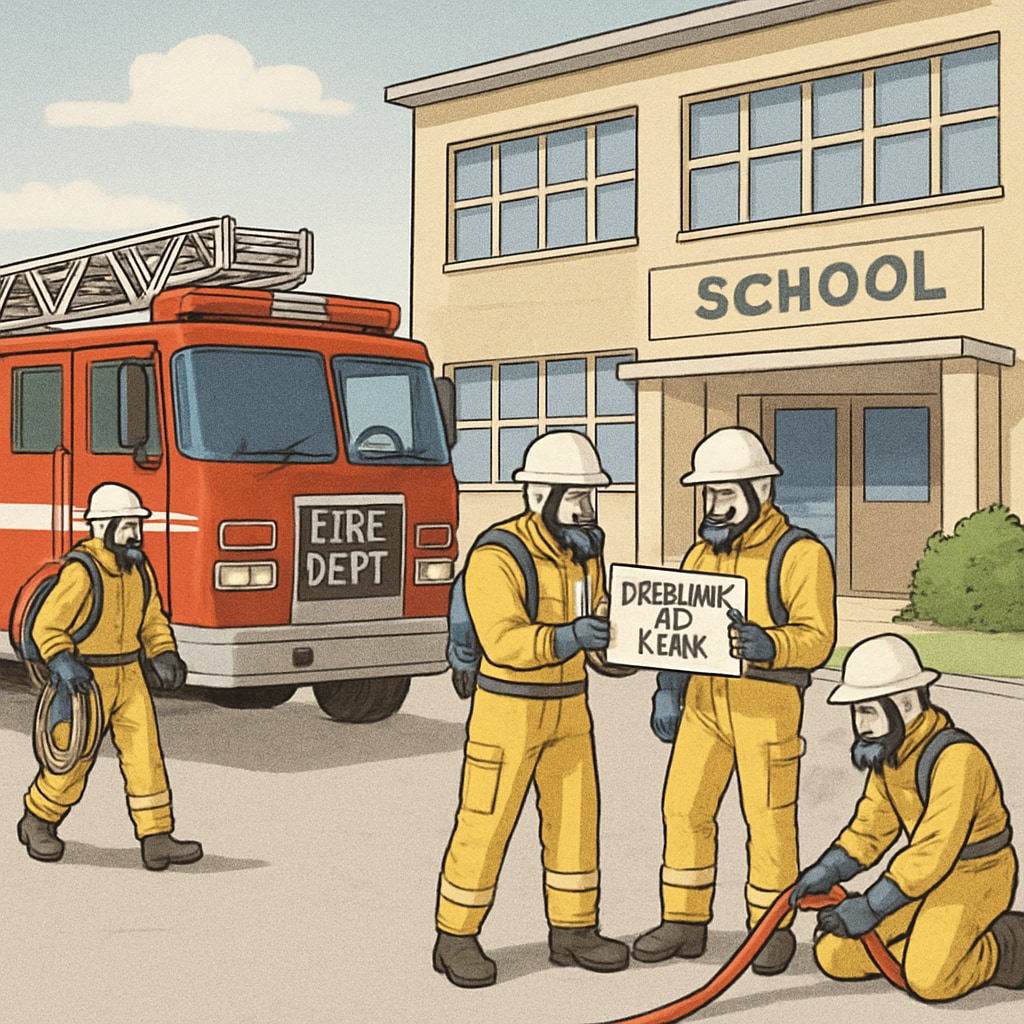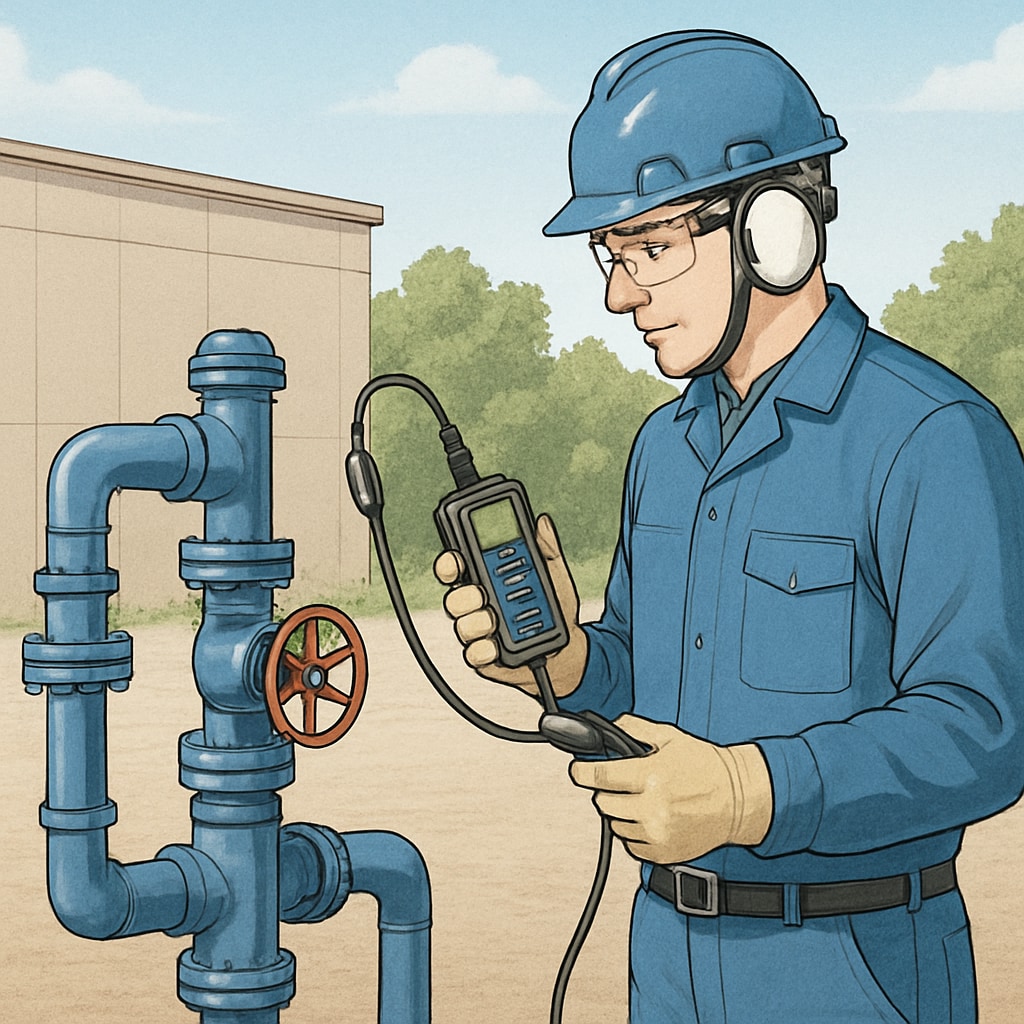In a recent incident that raised serious concerns about school infrastructure safety, a methane leak linked to a geothermal well led to the temporary closure of a K-12 educational institution. The event, while promptly addressed, underscores the critical need for robust safety mechanisms and crisis management protocols within school environments. Methane leaks, particularly those connected to geothermal systems, pose unique risks that demand increased attention and preventive measures.
The Methane Leak Incident: What Happened?
Reports indicate that the leak originated from a malfunction in a geothermal well located near the school premises. Geothermal wells, while often lauded for their energy efficiency and eco-friendliness, can become hazardous if not properly maintained. Methane, a colorless and odorless gas, is highly flammable and poses significant health risks when inhaled in high concentrations.
Upon detecting unusual gas levels within the school, administrators acted swiftly to evacuate students and staff. Local emergency services were called to contain the leak and assess the damage. While no injuries were reported, the school remained closed for several days as experts worked to ensure the site’s safety and repair the faulty infrastructure.

Why Methane Leaks in Geothermal Systems Are a Concern
Methane leaks in geothermal systems are relatively rare but can have severe consequences. Geothermal wells tap into underground heat reservoirs, which may also contain trapped gases like methane. Poorly sealed or aging wells can allow these gases to escape, leading to environmental and safety hazards.
Key risks of methane leaks include:
- Health hazards: Prolonged exposure to methane can cause dizziness, headaches, and respiratory issues.
- Fire and explosion risks: Methane is highly combustible, making leaks a potential fire hazard.
- Environmental impact: Methane is a potent greenhouse gas, contributing to climate change.
For more information on methane and its risks, refer to this comprehensive article on Wikipedia.
Key Lessons for School Safety and Crisis Management
This incident serves as a wake-up call for school administrators and policymakers. Ensuring the safety of students and staff requires a proactive approach to infrastructure management and crisis preparedness. Here are some key takeaways:
- Regular inspections: Conduct frequent inspections of geothermal systems and other infrastructure to identify potential hazards.
- Emergency response training: Train school personnel and students on evacuation procedures and emergency protocols.
- Monitoring systems: Invest in advanced gas detection and monitoring systems to identify leaks early.
- Collaboration with experts: Partner with environmental and safety professionals to assess and mitigate risks.

Building a Safer Future for Schools
As schools increasingly adopt sustainable technologies like geothermal energy, it is essential to balance innovation with safety. Policymakers should consider mandating stricter safety regulations for geothermal installations, including regular maintenance and monitoring. In addition, schools must allocate resources for emergency preparedness and infrastructure upgrades to prevent similar incidents in the future.
By learning from this event, educational institutions can take proactive steps to protect their communities while continuing to embrace sustainable energy solutions. For more insights on geothermal energy safety, visit Britannica’s guide on geothermal energy.
Readability guidance: The article uses short paragraphs and lists to enhance readability. Active voice and transition words are incorporated to maintain clarity and coherence. Recommendations prioritize practical steps for improving safety in schools.


